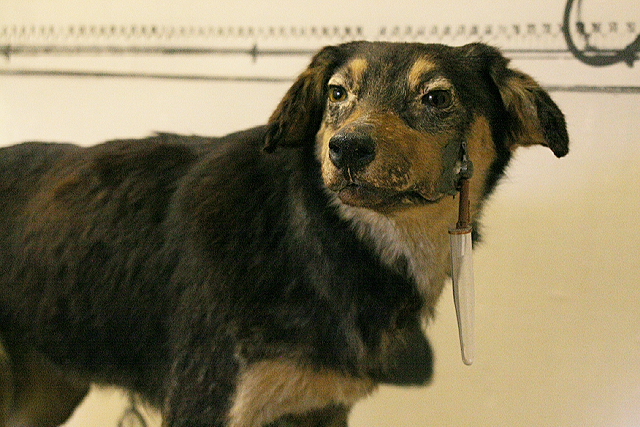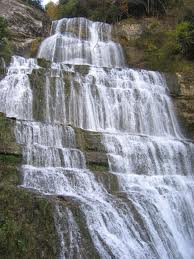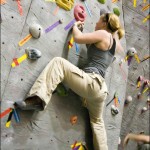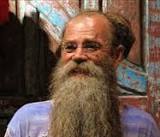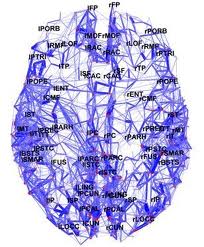Whenever I take a couple of weeks between postings I start to feel home-sick for my blog. I miss you guys. I miss having something to say to you — something that’s at least a bit thought-provoking and interesting — and I miss your comments. Whether lengthy and rich with content or brief musings, reactions on the fly, your comments engage me, teach me something, or remind me of things I’ve thought about, insufficiently, or simply touch me with some shared emotion, maybe a recognition of past or present feelings and struggles of my own. And of course, after all this time, I’m getting to know many of you, becoming familiar with your personal style of questioning or arguing, extending or contextualizing, trying on ideas, accepting, rejecting, fitting, refitting – one way or another joining me in a deep exploration of addiction and trying to understand its massive reverberations in our lives.
But I’ve started teaching this term, and the last two weeks have been something of a blizzard: reading, preparing slides, lecturing to 200-plus undergraduates at a time, and then coming home to my own kids, still only six but starting to ask big questions. From a teaming mass of unnervingly young, stylishly dressed, device-laden, Dutch-speaking, half-interested (on average) post-teens to my own little haven of unnervingly witty six-year-olds with ever-changing constellations of teeth (new and old).
But now here’s a free couple of hours, and I’m ready to serve the first course of something I’ve been cooking up for awhile.
In my recent posts I outlined four stages leading from unguided daydreaming to the ironclad compulsion to get or do the thing you’re addicted to. Here are the steps in summary:
|
Mind |
Brain
|
||
| Daydreaming | || | Thoughts flowing freely without direction | Default mode network: including posterior cingulate and medial PFC |
|
|
|||
| Impulse | || | Switch to attractive image of addictive goal and urge to pursue it | Amygdala (AMG), ventral striatum, VTA (motivation-targeted dopamine/DA) |
|
|
|||
| Goal-seeking | || | Rapidly-growing anticipation, concrete action plan forming, driven by craving | Orbitofrontal cortex, ACC, ventral striatum, VTA, AMG, hippocampus |
|
|
|||
| Compulsion | || | Shift from anticipation of reward / relief to urgent need to act at once | OFC and v.s. deactivation; dorsal striatum, AMG, DA from substantia nigra/motor loop |
Note that the brain column is pretty skeletal. Most (but not all) of these brain bits have been fleshed out in earlier posts and/or the book. Also note that I’ve skipped any step labeled “cognitive control attempts” — because I think these evolve in stages as the addictive urge evolves, with or without success.
So here’s the question: what is the time scale? How fast do we move through these steps, from the first fluttering of addictive images, interrupting our innocent fantasies, to a lurching momentum — gotta have it, gotta do it?
And the answer is: there is more than one scale. I count at least three different time scales for moving through steps 1 to 4.
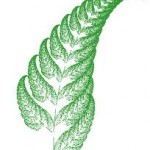 A lot of natural phenomena have a property called self-similarity. That means that the same pattern gets repeated at different scales — whether in time or in space. Examples include the geometrical motif in the fronds of a fern, the curvature of beaches within bays within inlets that give shape to a shoreline, and the clustering of nests within communities within societies. Those natural forms show similar patterns at different scales — in space — from small to large. But we see the same kind
A lot of natural phenomena have a property called self-similarity. That means that the same pattern gets repeated at different scales — whether in time or in space. Examples include the geometrical motif in the fronds of a fern, the curvature of beaches within bays within inlets that give shape to a shoreline, and the clustering of nests within communities within societies. Those natural forms show similar patterns at different scales — in space — from small to large. But we see the same kind 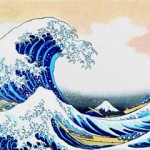 of thing in time: for example, the back-and-forth cycles of advance-retreat in a conversation or argument can also be seen in the large-scale progression of a relationship: when one or both partners oscillate between confidence and surrender over weeks or months. And ocean waves break in dramatic clusters, leaving periods of relative calm, while the small wavelets within them follow the same rhythmic pattern of interspersed bunches. Maybe you’ve heard of fractals — patterns within patterns within patterns: where you see the same geometrical images at very different scales, all expressions of some common theme, some common structural principle.
of thing in time: for example, the back-and-forth cycles of advance-retreat in a conversation or argument can also be seen in the large-scale progression of a relationship: when one or both partners oscillate between confidence and surrender over weeks or months. And ocean waves break in dramatic clusters, leaving periods of relative calm, while the small wavelets within them follow the same rhythmic pattern of interspersed bunches. Maybe you’ve heard of fractals — patterns within patterns within patterns: where you see the same geometrical images at very different scales, all expressions of some common theme, some common structural principle.
Well this is all a bit dense, isn’t it? And what does it have to do with addiction…and the brain…and the way our lives unfold over time?
It’s going to take another post or two to flesh this out, but here’s where I’m going with it.
In addiction, we see this pattern: attraction leading to craving, leading to pursuit, leading to…a brief period of pleasure or relief, followed by more attraction and craving. In other words, wanting leading to getting, leading finally to loss or emptiness, which leads once more to wanting. For example: craving booze, drugs, or food, leading to binging, leading to saturation or tolerance, and then loss or maybe even withdrawal symptoms, then running out of the substance or the money to get it, leading to more emptiness, more craving. And this kind of cycling is fairly well recognized in the addiction field. A prominent review of addiction neuroscience has this to say:
Three major components of the addiction cycle have been identified — binge/intoxication, withdrawal/negative affect, and preoccupation/anticipation (craving) — and incorporate the constructs of impulsivity and compulsivity…
But the first amazing thing is that this pattern, this cycle, can be seen at different time scales.
The slow scale tracks our hero as he or she develops a fondness for some substance or activity, leading to repeated experimentation, leading to a period of more intense experimentation, greater amounts, more potent concoctions (beer to vodka? painkillers to heroin?) as the fondness turns into strong desire turns into addiction. Self-control is easy to come by in the first month or two; but a couple of years later, once you’ve gone all the way, self-control is a plastic bag you’re chasing in strong wind.
The fast scale tracks our hero as he or she wakes up one Saturday morning, lies in bed daydreaming, suddenly gets hit with vivid images of doing it, tries to chase them away, fails, starts to crave, starts to plan, lifts up the phone and starts dialing…so that by early afternoon he or she is pacing frantically, waiting for Mr. Dealer to pick up the phone.
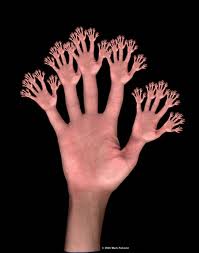 It’s the same sequence! The same sequence of psychological states, and — here’s the second amazing thing — the same sequence of brain stages. With one difference. The slow scale traces the development of addiction, the development of that unholy love affair, and the gradual brain changes that support it. The fast scale traces (the microdevelopment of) an addictive episode, or, we could say, the activation of the addiction on one particular Saturday morning.
It’s the same sequence! The same sequence of psychological states, and — here’s the second amazing thing — the same sequence of brain stages. With one difference. The slow scale traces the development of addiction, the development of that unholy love affair, and the gradual brain changes that support it. The fast scale traces (the microdevelopment of) an addictive episode, or, we could say, the activation of the addiction on one particular Saturday morning.
And what about the brain changes? At the fast scale, the wiring pattern of your brain isn’t changing; that’s already set. Rather, the wired-up brain regions become activated — in roughly the same order they got wired up — and that happens fast! Because you are the proud owner of a set of biological connections, giving rise to a familiar cascade of feelings and actions, that took years to develop. At the slow scale, what fired together time and time again ended up wiring together. Remember Hebb’s Law? And now, what got wired together over months and years quickly starts to fire together — over seconds and minutes. Enjoy the ride: that downhill cascade that takes just an hour or two, and that’s self-similar to the developmental cascade that took years to complete.
As for a third scale, stay tuned.
My next post, coming much quicker than this one, I hope, will flesh all this out in detail. I think I finally get it, and I’m serving it up all month.
